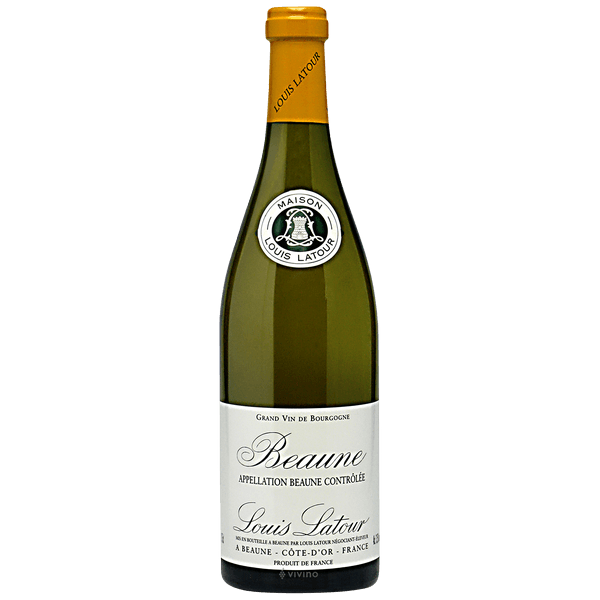2016 Bollinger Champagne La Grande Annee
2016 Bollinger Champagne La Grande Annee This 2016 wine yields a bright pale gold colour with excellent fine persistent bead. Nose of toast & brioche – very sniffable! Palate is creamy yet delicate with more brioche, excellent bread notes, a hint of nectarine and a long finish.
Bollinger
The story began with Athanase de Villermont, the youngest son of a noble family with a brilliant destiny. A great soldier who shone during the American War of Independence, he inherited an extensive estate from his family in the Aÿ area. He immediately foresaw the extraordinary potential of the wines of Champagne, but as an aristocrat he was forbidden to become involved in trade. He then met Joseph Bollinger, a widely travelled German who had left his country of birth to learn about the Champagne wine trade, and Paul Renaudin, a local man who was fascinated by the world of wine. The firm of Renaudin-Bollinger & Cie was founded on 6th February 1829. Joseph took care of sales and Paul of the cellar. Athanase had founded a champagne House that was to endure through the centuries.
Chardonnay
Chardonnay is the world’s most famous white-wine grape and also one of the most widely planted. Although the most highly regarded expressions of the variety are those from Burgundy and California, many high-quality examples are made in Italy, Australia, New Zealand and parts of South America.
Describing the flavors of Chardonnay is not easy. While many Chardonnay wines have high aromatic complexity, this is usually due to winemaking techniques (particularly the use of oak) rather than the variety’s intrinsic qualities. Malolactic fermentation gives distinctive buttery aromas. Fermentation and/or maturation in oak barrels contributes notes of vanilla, smoke and hints of sweet spices such as clove and cinnamon. Extended lees contact while in barrel imparts biscuity, doughy flavors. Because of this high level of winemaker involvement, Chardonnay has become known as the “”winemaker’s wine””.
The variety itself (although often said to be relatively flavor-neutral) is responsible for most of the fruity flavors found in Chardonnay wines. These range from the tropical (banana, melon, pineapple and guava) to stonefruits (peach, nectarine and apricot), citrus and apples.
Climate plays a major role in dictating which fruit flavors a Chardonnay will have. Broadly speaking, warm regions such as California, Chile and much of Australia tend to give more tropical styles. Temperate zones such as southern Burgundy or northern New Zealand create wines marked out by stonefruit notes. The very coolest Chardonnay vineyards (those in Chablis, Champagne and Germany) lean towards green-apple aromas.
Related products
2019 Jean-Claude Bachelet Saint-Aubin 1er Cru Derriere La Tour Rouge 2019 Jean-Claude Bachelet Saint-Aubin 1er Cru Derriere La Tour Rouge Shedding a touch of youthful reduction to reveal aromas of plums, warm spices, rose petals and forest floor, the 2019 Saint-Aubin 1er Cru Derrière La Tour is medium to full-bodied, concentrated and lively, its deep [...]
Burgundy
2019 Nicolas Rossignol Volnay 2019 Nicolas Rossignol Volnay is medium to full-bodied with aromas of plums, wild berries, warm spices and licorice, fleshy and layered, with fine concentration, lively acids and an ample core of fruit. Concluding with elegantly chalky grip on the finish, this cuvée has always been one of the more charming and immediate [...]
Chateauneuf-du-Pape
2017 Domaine Berthet Rayne Chateauneuf-du-Pape Cuvee Cadiac 2017 Domaine Berthet Rayne Chateauneuf-du-Pape Cuvee Cadiac Fresh blackcurrant, licorice and flowers on the nose. Juicy, fresh and intensely flavored, with firm acids contributing to the impression of backbone. Quite aromatic in the mouth. Whereas northern Rhône wines are produced primarily from Syrah, Viognier, Marsanne, and Roussanne, southern Rhône believes in more diversity. Wines [...]
2019 Laurent Martray Cote de Brouilly Les Feuillees 2019 Laurent Martray Cote de Brouilly Les Feuillees is especially compelling, unfurling in the glass with aromas of cherries, wild berries, warm spices, peonies, licorice and orange rind. Medium to full-bodied, layered and multidimensional, it’s velvety and concentrated, with lively acids and a long, resonant finish. This [...]



